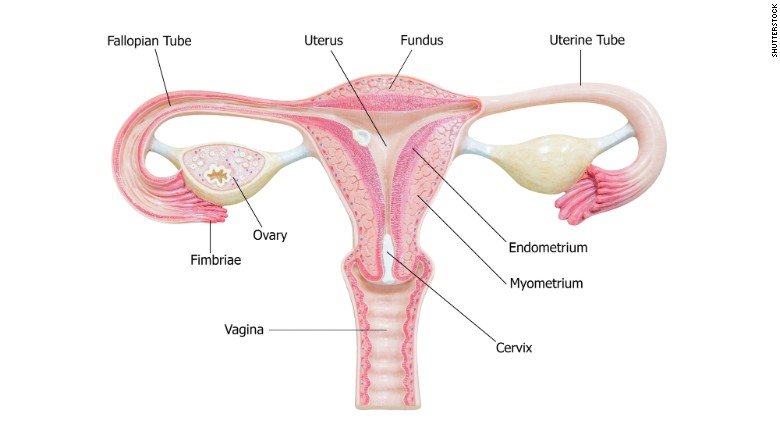Research is increasingly pointing to the possibility that some of the most aggressive ovarian cancers begin in the fallopian tubes. In fact, most doctors are now in favor of simply removing the tubs of women who are done bearing children because it might prevent cancer.
Ovarian cancer is the deadliest gynecologic cancers in the US, is often diagnosed in the late stages, and kills 14,000 women a year. And sadly, the routine screening tests to identify it early have largely have been discredited.
But, are there risks associated with removing the fallopian tubes, known as salpingectomy? According to a study published this summer in the journal Obstetrics & Gynecology, Kaiser Permanente Northern California, found little risk.
“Between June 2013 and May 2014, nearly 73 percent of the women in the study had their fallopian tubes removed while undergoing a routine hysterectomy. Just two years earlier, fewer than 15 percent of a comparable group had. The large increase yielded no difference in surgical outcomes. And operating times and blood loss were slightly improved for patients whose fallopian tubes were removed.
Dr. Bethan Powell, senior author of the study and a gynecologic oncology surgeon with Kaiser Permanente, said the fallopian tubes until recently have been “a neglected region.” As a result, when women were undergoing hysterectomy — the removal of the uterus and cervix — the tubes were often left behind.”
We know there are health benefits to leaving the ovaries (lower risk of cardiovascular disease, osteoporosis, and dementia) but no one questioned whether or not the tubes really needed to stay. But in 2013, two medical societies issued statements about the importance of removing the fallopian tubes as “a viable approach to prevent ovarian cancer.”
There is much more study needed but for now, women with a history of female cancers, need to be aware and educated on their options.
Source: CNN




 From the article:
From the article:







